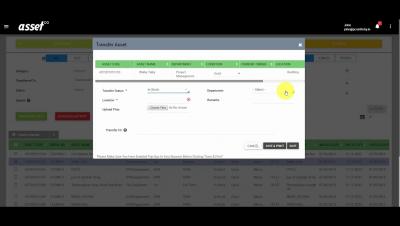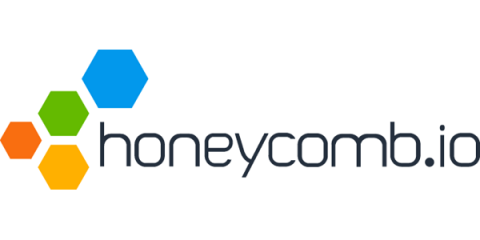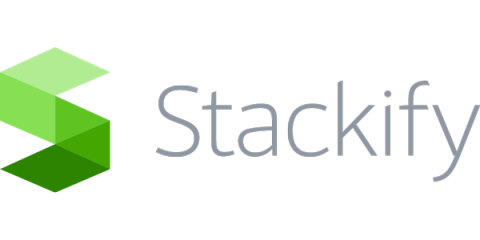Operations | Monitoring | ITSM | DevOps | Cloud
%term
Serverless API with ReactJS
The article, Serverless API with ReactJS, was first published on the Serverless Guru website. Let’s build a Serverless REST API for our ReactJS website! In my last article, Deploy ReactJS App with S3 Static Hosting, we discussed hosting a simple React app on AWS with S3. This works great for simple static pages but what if you want to do something more? How do you host your API on S3?
Honeycomb Begins Another Chapter with a New Funding Round
It’s an exciting time here at Honeycomb HQ—today, we’re thrilled to announce our recent fundraise led by Scale Venture Partners, and to welcome Ariel Tseitlin to our board.
Working Toward Service Level Objectives (SLOs), Part 1
In theory, Honeycomb is always up. Our servers run without hiccups, our user interface loads rapidly and is highly responsive, and our query engine is lightning fast. In practice, this isn’t always perfectly the case — and dedicated readers of this blog have learned about how we use those experiences to improve the product.
Weaveworks Combines Jaeger Tracing With Logs and Metrics for a Troubleshooting Swiss Army Knife
Founded in 2014, Weaveworks Inc. makes software that helps developers and DevOps teams build, run and manage containerized applications on Kubernetes. Its products include GitOps-based cluster management, and application delivery, observability and monitoring solutions for services running on Kubernetes. It is a founding member of the Cloud Native Computing Foundation.
Digital Enterprise Journal, 451 Research, and Gartner Highlight OpsRamp's Platform for Hybrid Infrastructure Monitoring and Service-Centric AIOps
The third quarter of 2019 has seen OpsRamp receive market recognition from three independent analyst firms, Digital Enterprise Journal, 451 Research, and Gartner. Leading media publications, DevOps Online News and ITOps Times, have also highlighted OpsRamp’s capabilities for DevOps and IT Operations Analytics.
Serverless Computing for Dummies: AWS vs. Azure vs. GCP
Serverless computing is the latest, greatest thing in the technology world. Although the serverless concept has been around in one form or another for more than a decade, the introduction of serverless platforms from major cloud providers—starting with AWS Lambda in 2014—has brought serverless mainstream for the first time.
Equality in Java: Operators, Methods, and What to Use When
Equality is an essential concept when programming, not only in Java but in pretty much all programming languages. After all, much of what we do when writing code has to do with comparing values and then making decisions based on the results of such comparisons.
Talking with Nexthink About the Future of Digital Employee Experience
Tori Kaufmann-Paulman is a Senior Manager of End User Technology and Sales Enablement at Putnam Investment. I had a blast presenting on the joint Nexthink / IDG webinar talking with peer leaders about the future of digital employee experience. To really dig in I encourage you to consider each of these words on its own.
API Monitoring and OAuth 2.0 Authentication
OAuth 2.0 Authentication, as explained by oauth.net, is a “delegation protocol that is used for conveying authorization decisions across a network of web-enabled applications and APIs.” OAuth was created in 2006 by developers from Twitter and Ma.gnolia, a social bookmarking site. Ma.gnolia was looking for a way to use OpenID, along with the Twitter API, to delegate authentication.











